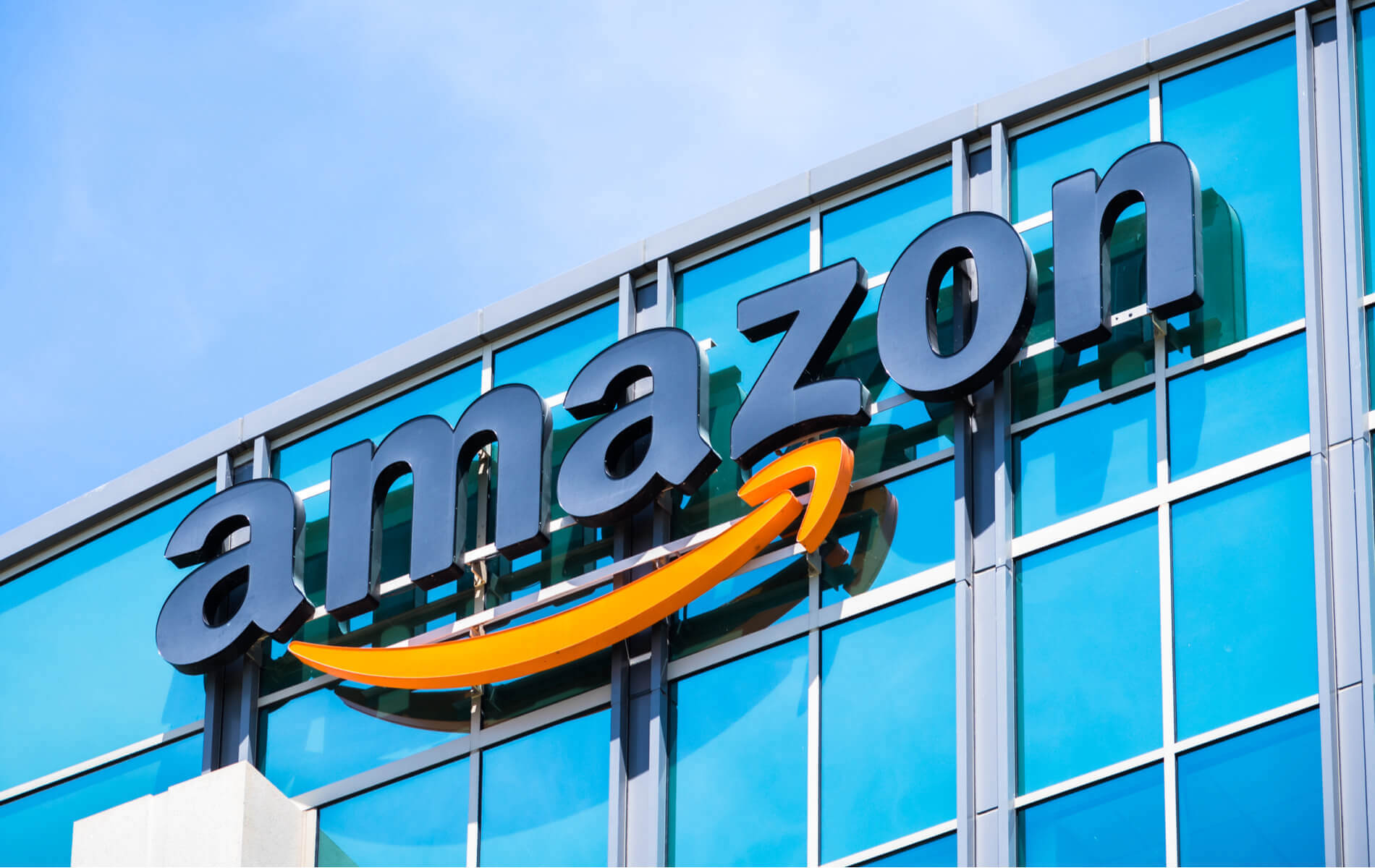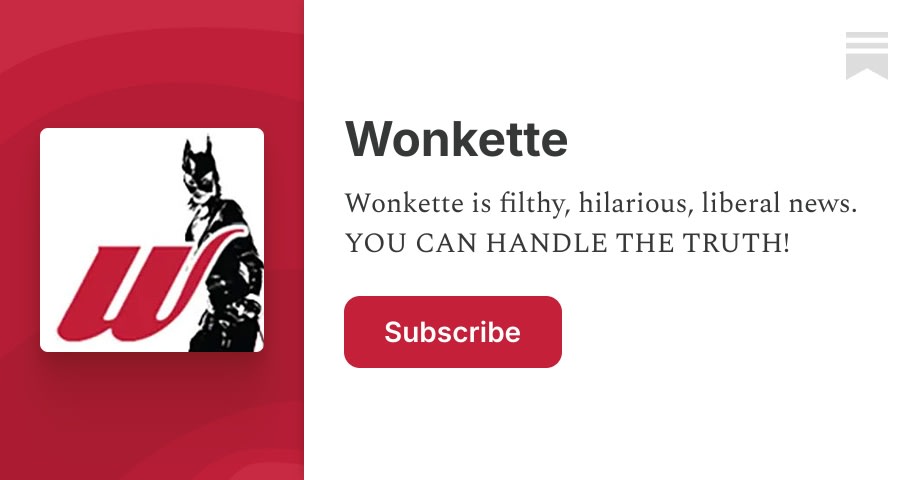Amazon Prime Day, a two-day event held this year on July 12 and 13, outperformed last year’s event by 8.5%, according to the Adobe Digital Economy Index. Total U.S. online sales came in at $6 billion the first day, and $5.9 billion the second day.
This comes against the background of a three-month slowdown in online inflation, also reported by Adobe.
Why we care. The pandemic, along with supply chain and retail inventory challenges, have disrupted traditional consumer sales periods. For instance, in 2020, the Prime Day promotion was pushed back to October.
Surging e-commerce sales with this year’s promotions show that despite inflation and competing costs like higher gas prices and travel, online shoppers are ready to take advantage of deals in a number of product categories.
Get the daily newsletter digital marketers rely on.
Successful campaigns. July is officially back-to-school season for shoppers, and marketers who promoted these items saw a lift. Popular product categories included childrens apparel, audio equipment and appliances.
Email campaigns topped the list of marketing channels that yielded the highest return, with 171% increase in revenue contribution lift. Below that were paid search (150%) and social networks.
Discounts. The biggest discounts offered by e-commerce sellers during Prime Day were toys (15% discount) and apparel (12%).
Lower discount levels were reported for computers (8%), electronics (6%) and TVs (3%).
In 2021, there were many more high-spending e-commerce days in November than in 2020. E-commerce sales see no sign of slowing for Holidays 2022. Holiday seasonality is trending earlier and earlier.
Read next: Amazon Prime Day returns while retail and e-commerce rivals face inventory challenges
























































![Key Metrics for Social Media Marketing [Infographic] Key Metrics for Social Media Marketing [Infographic]](https://www.socialmediatoday.com/imgproxy/nP1lliSbrTbUmhFV6RdAz9qJZFvsstq3IG6orLUMMls/g:ce/rs:fit:770:435/bG9jYWw6Ly8vZGl2ZWltYWdlL3NvY2lhbF9tZWRpYV9yb2lfaW5vZ3JhcGhpYzIucG5n.webp)



















